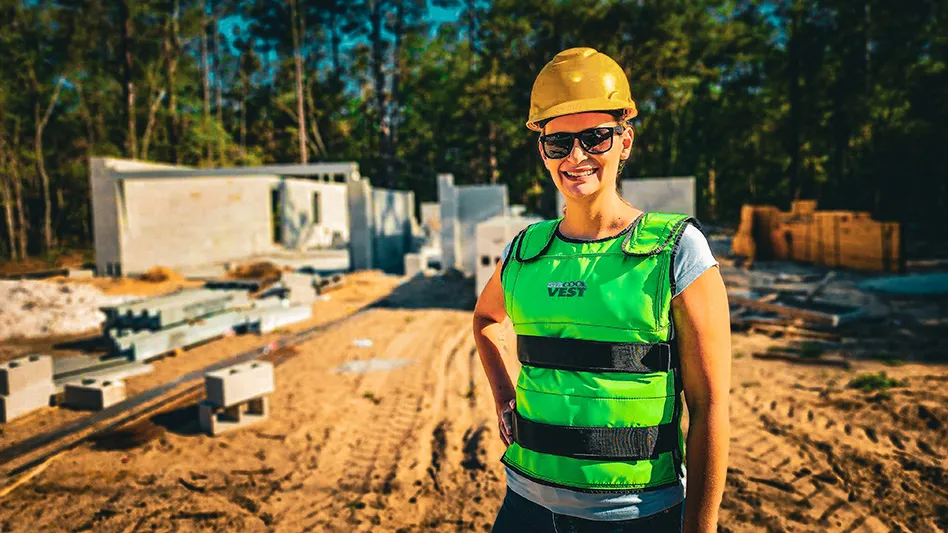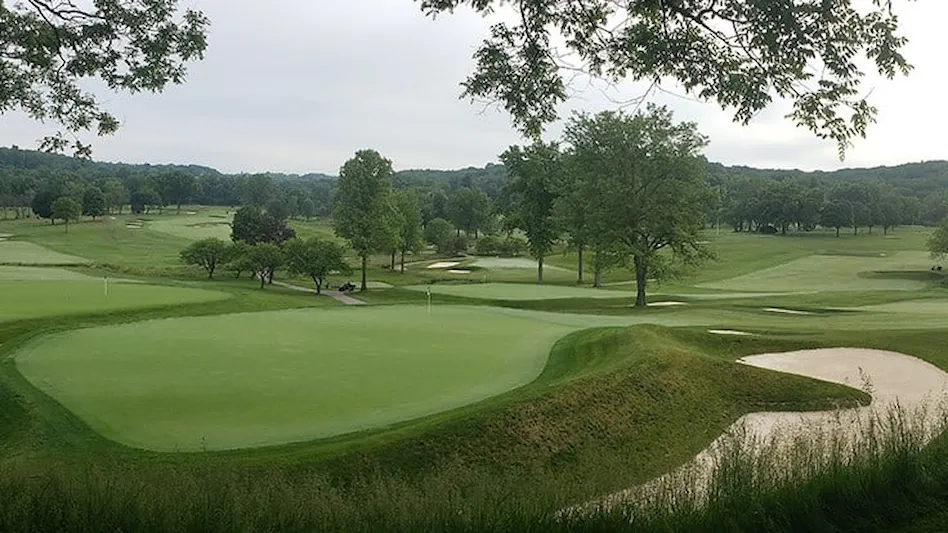
Matt LaWell (5), Fox Chapel Golf Club archives (1)
The hills that roll through the borough of Fox Chapel, Pennsylvania, and surround its namesake golf club are covered with sunlight long before 6 on a late spring weekday morning. The trees are green and in full bloom. The drive is bucolic. This is still as perfect a setting for a golf course as it was when Seth Raynor designed each hole nearly a century ago.
The parking lot is nearly empty at this hour. Superintendent Jason Hurwitz talks with his crew, which currently numbers 32 and will climb to 38 by the start of summer, for about 15 minutes. They filter out of the maintenance facility that sits on prime real estate between the lot, the clubhouse and the 18th green by 6:25, ready for the day ahead.
And what a day. The course is closed for normal play and architect Tom Marzolf is on site for a special event to show off the recent restoration that lends Fox Chapel Golf Club a nostalgic atmosphere. If not for golf cars crossing the grounds — and a lack of hickory clubs and plus-four slacks — the feel is far more 1920s than 2020s. “It feels like a walk back in time,” Marzolf says. “The style, the shapes, the Raynor geometric forms repeated and repeated and repeated through the golf course. We have a collection of template holes here that not many people have.”
There is the punch bowl green on 2 and the reverse redan green on 6. There is the lion’s mouth bunker on 9 and the oasis green on 11. (Back in the 1920s, just a few years after the club opened and after Raynor’s unfortunately early death, that oasis was the site of a plane crash, a moment captured on film and displayed for posterity on a clubhouse wall, complete with the greenkeeper watering the turf as madness surrounds him.) There is the Biarritz green on 17 that covers half an acre is the largest green of its kind in the world outside of New Haven, Connecticut.

The spotlight hole might be 16, Bottle, which measures 421 yards from the back tees and features 13 bunkers, three of them lined in the middle of the fairway and forcing players to drive either short along the right or long along the left.
“Seth Raynor was a good engineer by training, but he was a better golf architect,” Marzolf says. “The land here at Fox Chapel is ideal terrain for a golf course. The most important job of a golf course architect is to route the land and to walk 18 holes and decide where to place each golf hole. Seth Raynor did an excellent job locating the tees, landing areas and greens on this land.
Marzolf credits Hurwitz for his research and says the pair essentially worked together as co-designers on the project. Hurwitz arrived at Fox Chapel nearly 15 years ago after runs at Sand Ridge Golf Club in Chardon, Ohio, and at nearby Oakmont Country Club, located just six miles east across the Allegheny River. He attended Penn State to study astrophysics but moved over to its impressive turf program after a couple semesters.
“The flow of this golf course, over the land, the routing plan that Raynor staked out is very well done. Each hole is in the best location. The routing, the staking allows the best course and the best next hole.” He calls it a routing plan “worthy of restoration. Our work here was simply a restoration of a Seth Raynor masterpiece.”
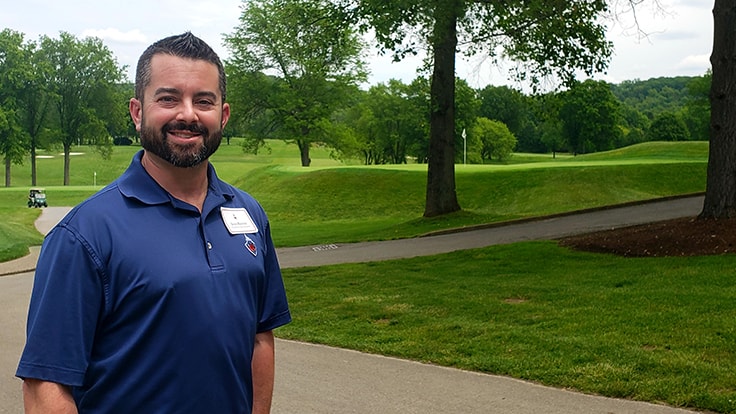
Hurwitz’s appreciation for Raynor’s work only increased after he crossed the Allegheny. Working on a Roaring ’20s gem — and tracking down so many old sketches and images — provided him with the inspiration to propose a proper renovation. The whole project, he says, took years.
The goal of the work, Marzolf says, was to retore elements of the course that had been lost to time. “This may now be the best example of the work of Seth Raynor. … We didn’t want to take artistic license with this, we didn’t want to give our interpretation of this. We wanted to replicate it and restore and resurrect. Those were the guiding principles. That was our mission.”
The team Hurwitz has assembled to work on the course is up to the task. Assistant superintendents Jon Shanty and Ryan Bieranoski — and Bieranoski’s loyal Australian cattle dog, Nala — are young industry stars who appear poised for top spots in the next few years. Twins Todd and Tim Schreckengost are local long-timers who started working at the club as caddies in June 1982 — Todd was on the bag for Michiko Hattori when she won the 1985 U.S. Women’s Amateur and both player and caddie were 16 — and have worked on the crew since October 1993. Their institutional knowledge is the kind of tool any superintendent loves. The camaraderie and professionalism among everybody is obvious.
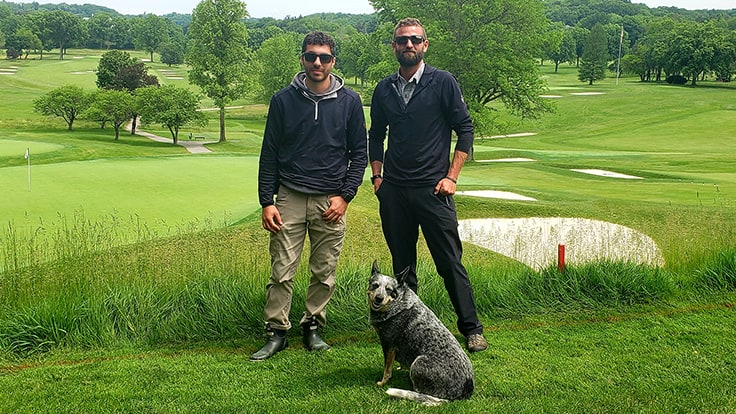

“It’s amazing what’s happened in golf in the last 10 years and how many Raynor courses have recently been restored and resurrected,” Marzolf says. “You hope people pay attention and you hope people accept it, but that’s subjective.”
Beauty is subjective, of course, but walk around at Fox Chapel — or even ride in the kind of golf car that Raynor never knew — and just try to not gush over every detail.
Matt LaWell is Golf Course Industry’s managing editor.
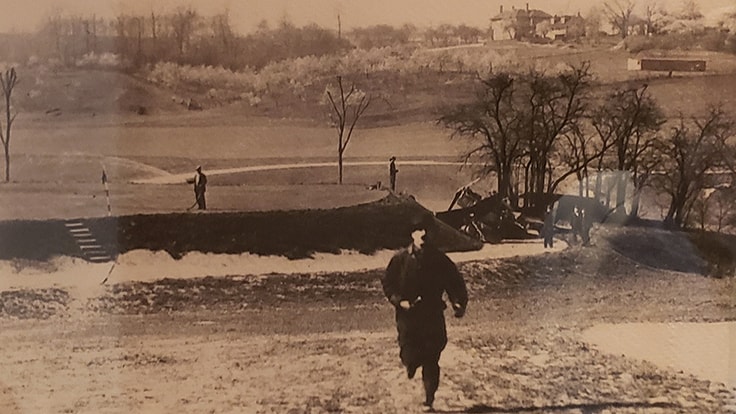
Latest from Golf Course Industry
- Devising safer landings
- SiteOne adds Durentis to product offerings
- Resilia available for purchase in Hawaii
- What can $1 million do for expanding the industry workforce?
- Captivating short course debuts on Captiva Island
- Wonderful Women of Golf 35: Carol Turner
- The Andersons acquires Reed & Perrine Sales
- Excel Leadership Program awards six new graduates





